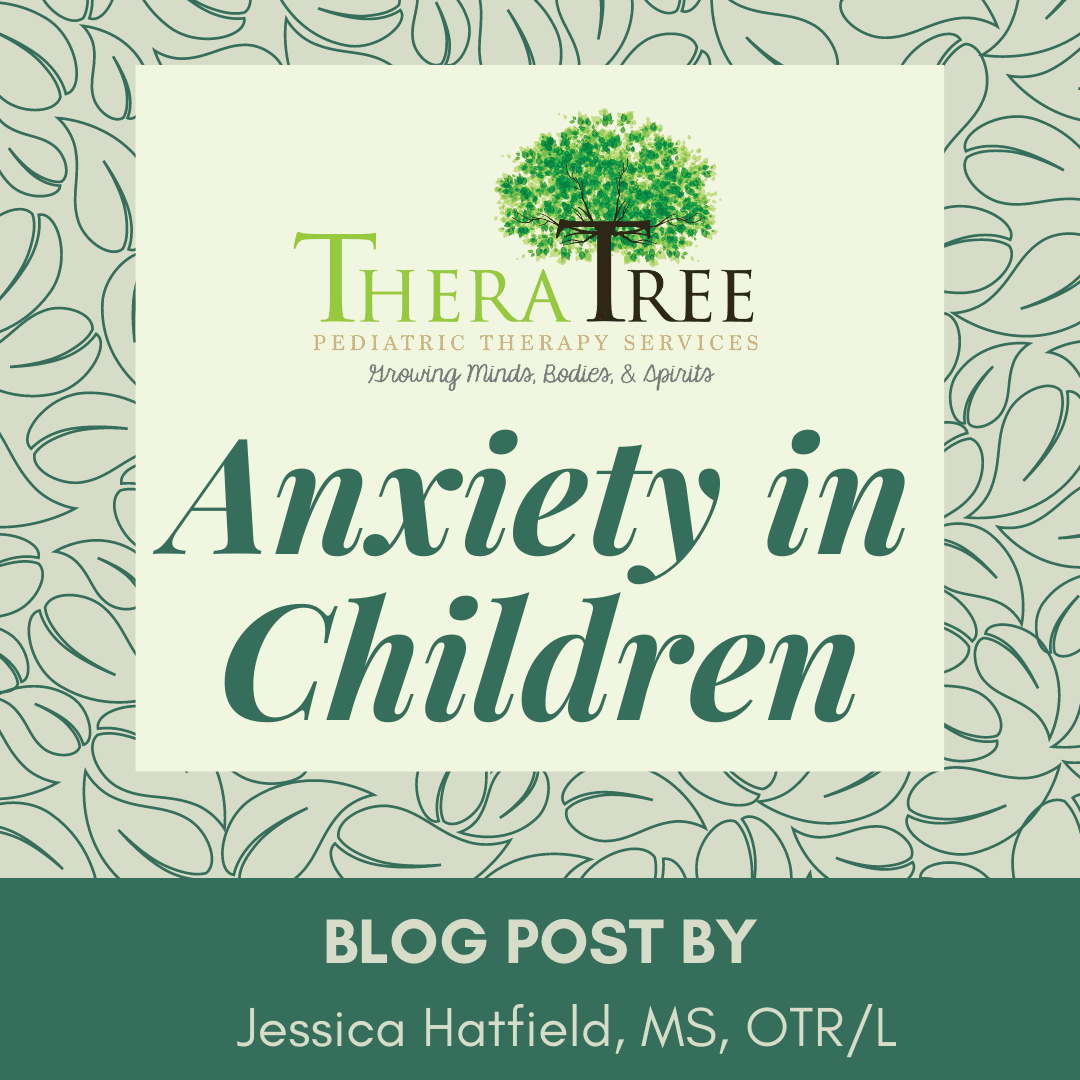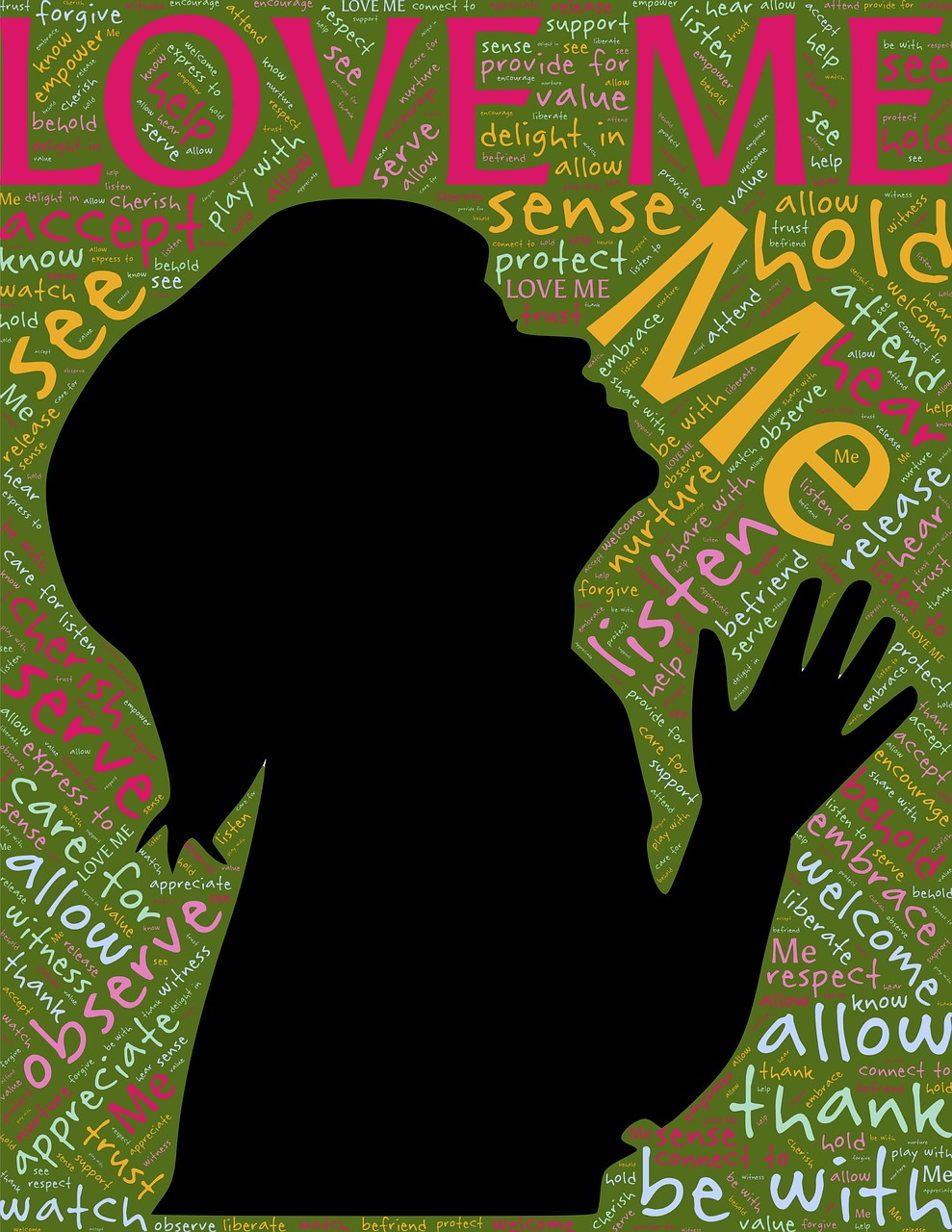
However, some children consistently demonstrate difficulty adapting because of a perception of danger surrounding a task. Particularly if there is uncertainty or there has been a previously negative association. At time several less intense events can build up to cause an overwhelm. Both of these negatively affect their daily living. Pediatric anxiety has grown to be one of the major mental health issues facing children. Anxiety is experienced in the pediatric population at increasing rates. 7.1% of children aged 3-17 years (approximately 4.4 million) have diagnosed anxiety. (Ghandour 2018)
What is Anxiety?
Anxiety is apprehension about the future. Behaviors will also begin to affect thinking processes. For example an expectation is unrealistic and in turn leads to ruminating or negative thoughts. Anxiety can cause negative mood and physical tension. There are many different types of anxiety including separation anxiety, OCD, perfectionism, social phobias, or generalized anxiety etc. Anxiety is different than fear and panic, although a person can experience these as well. Fear is an immediate alarm to current danger, physical arousal, and avoidance. Panic is fear at an inappropriate time. It’s abrupt, intense, and physically arousing.
What Causes Anxiety?
A variety factors can contribute to anxiety in children. Children may observe and replicate anxious behaviors of others. Life experiences may also trigger anxious feelings and behaviors. For example loss, serious illness, bullying, or other types of abuse. Genetic factors that effect brain chemistry can cause a child to be more predisposed to developing anxiety.
What Causes Anxiety?
- Agitation, jittery, or restlessness
- Sleep Deprivation or nightmares
- Easily upset or crying on a regular basis
- Panic Attacks, heart pounding, palms sweaty, trouble breathing
- Somatic symptoms of physical pains, e.g. headaches, tummy aches, nausea
- Repeated behaviors or phrases that are familiar
- Tantrums, including meltdowns before school about inconsequential issues like socks
- Clingy to the point it is disruptive
- Constantly seeking the reassurance from others
- Tries to get others, particularly adults, to do things for them
- Asks for assistance for tasks they can complete independently
Children may say phrases like:
- Something terrible will happen.
- I don’t have any control over it.
- It will be my fault if it happens.
- I don’t know what to do!
- I have to get out of here!
- I need to know for sure that it’s okay
- I can’t make any mistakes
- Always on the lookout for danger and checking to make sure things are safe.
- Dislike or avoidance of new or difficult tasks
- Avoidance behaviors or trying to stay home from school
- High expectations of self
- Low self-esteem and confidence
- Delayed social skill development and difficulty maintaining relationships
- Decreased motivation for certain tasks

Child might demonstrate a few of these behaviors occasionally and some of these signs may be cause by other factors not related to anxiety. However when negative, anxious behaviors become more common or intense, your child may qualify for an anxiety diagnosis. When experiences these frequently or at extremes, the natural protective responses triggered no longer serve as protective and become debilitating. High levels of anxiety can make it difficult for a child to participate everyday activities including school, play and friendships. When anxiety interferes with your child’s ability to play and learn, it’s time to talk to a professional.
What Causes Anxiety?
For children experiencing anxiety, it is a natural response for parents to want to step in and solve the problem. However this is not the best long term strategy to actually help your child with their anxiety. By removing or allowing your child to avoid, you are unintentionally reinforcing their anxieties and removing opportunities to develop coping skills and resilience. Therefore it is important to give your child the opportunity to work through their fears in order to develop these highly important skills. This is best done by working with professionals. There are several profession who help with anxiety:
- Occupational Therapists to apply concrete strategies.
- Psychiatrists and nurse practitioners to prescribe medication.
- Psychologists, social workers, and counselors to provide emotional support.
How Occupational Therapy Helps
Occupational Therapy (OT) can be thought of as the therapy of taking action! There are many ways we can talk to our children about their worries and fears, but by teaching them concrete strategies we empower children to become independent in their own lives! Occupational therapy providers step in to bridge the gap so children can learn to function and feel how powerful they really are when it comes to their thoughts and abilities. Occupational Therapy intervention addresses anxiety through the followings ways:
Proactive strategies
The purpose of proactive strategies is to prevent the anxiety from occurring. This provides a short term benefit but is not helpful long term as our environment is always changing and adaptability is a survival skill. Some proactive strategies include establishing routines, visual schedules, and adapting the environment (ex sensory-friendly environments, fidget toys, quiet corners etc).
Teaching, Thinking, and Applying Strategies
The purpose of these strategies are to increase both interoception and communication strategies so children can manage themselves to identify and prevent anxiety. These provide the most long term benefits in their life. These strategies include interoception, effective education, cognitive restructuring, and communication to adults about what they are experiencing and their wants/needs.
Reactive Strategies
The purpose of reactive strategies is to help in the moment while a child is experiencing anxiety. This has both short and long term benefits. However the difficulty with teaching reactive strategies is bridging the concept of “what to do” with actually being able to recall and apply them in the moment. Generally these skills take longer to develop because of this. These strategies include Guided Imagery, deep breathing, distraction, quiet time, calm/comfort techniques
Parenting Strategies
As with all Occupational Therapy intervention, parent education is important. Parents have a big influence on how their child with learn and respond by the tone they set. Occupational Therapy Providers teach parents how to be both proactive and reactive with their child. They teach what not to do. Often parents need to utilize calming strategies of their own when interacting with their child who is in a heightened state of arousal. When children are in a heightened state, they may have difficulty understanding complex language. So simplifying the words spoken to them can have a big impact on their reaction. Occupational Therapy Providers also teach parents by example and self reliance.
What's Next?
If you have any questions or concerns about your child please reach out to an occupational therapist at TheraTree. You can reach us by phone at 270-688-8449 or email at newpatients@theratreepeds.com.
References:
Ghandour RM, Sherman LJ, Vladutiu CJ, Ali MM, Lynch SE, Bitsko RH, Blumberg SJ. Prevalence and treatment of depression, anxiety, and conduct problems in U.S. children. The Journal of Pediatrics, 2018. Published online before print October 12, 2018
Gobrial, E., & Raghavan, R. (2017). Calm child programme: Parental programme for anxiety in children and young people with autism spectrum disorder and intellectual disabilities. Journal of Intellectual Disabilities, 1744629517704536.
